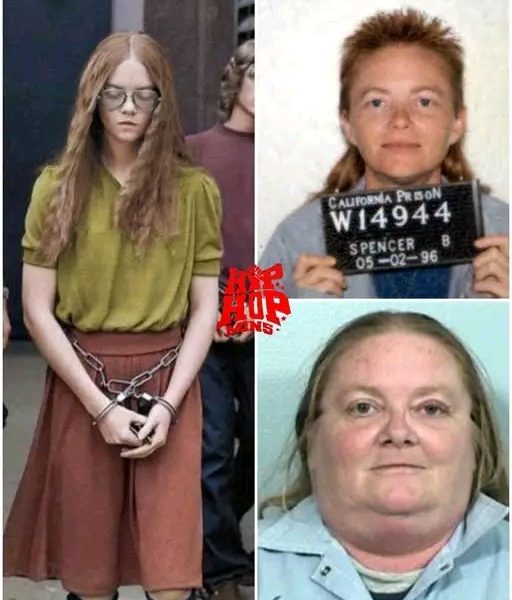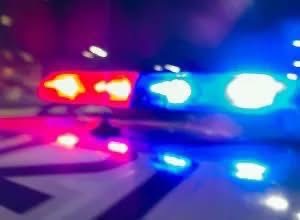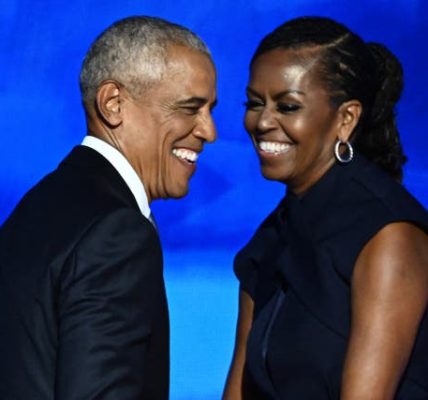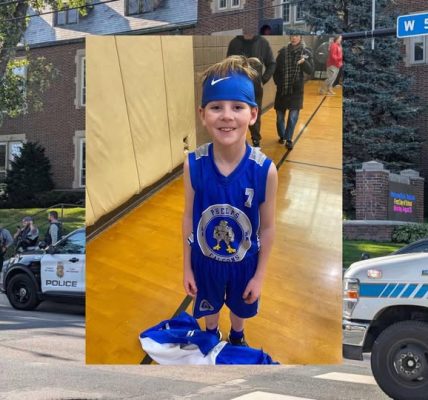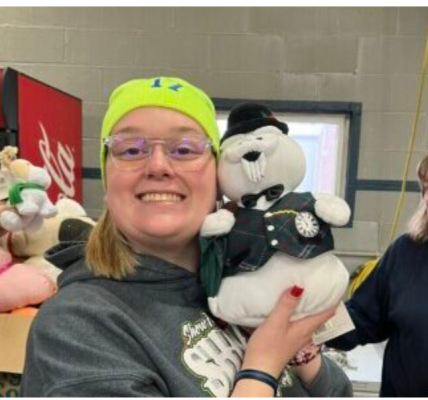San Diego, California — On the morning of January 29, 1979, a quiet neighborhood in San Diego was shattered by a tragic event that would become one of the earliest modern school
San Diego, California — On the morning of January 29, 1979, a quiet neighborhood in San Diego was shattered by a tragic event that would become one of the earliest modern school shooting tragedies in the United States. The incident occurred at Grover Cleveland Elementary School, located in the San Carlos neighborhood. A 16-year-old girl, living in a house directly across the street from the school, opened fire on students and staff as they gathered outside.
The shooter, armed with a Ruger 10/22 semi-automatic rifle—a Christmas gift from her father—fired 36 rounds during the attack. Two victims, a 53-year-old principal and a 56-year-old custodian, lost their lives in the assault. Additionally, eight children and a police officer were injured. The shooter barricaded herself inside her home for several hours before surrendering to law enforcement.
In a chilling phone interview with a reporter, the shooter casually stated, “I don’t like Mondays. I did this because it’s a way to cheer up the day.” This statement would later inspire the title of a song by the band The Boomtown Rats. The randomness and brutality of the attack left the community in shock and disbelief.
Investigations revealed that the shooter had a history of behavioral issues, including previous incidents of vandalism at the school and a history of mental health concerns. Despite recommendations for psychiatric evaluation, she was not admitted to a mental health facility. Her father, who had a history of neglect and abuse, reportedly gave her the rifle, stating it was a gift to help her deal with depression.
The aftermath of the shooting had a profound impact on the community and the nation. It marked a turning point in the discussion about gun control and school safety. The incident led to increased awareness and changes in policies regarding firearms and mental health services.
In the years following the tragedy, the school implemented memorials to honor the victims. A plaque and flagpole were erected at the site, and the community held annual vigils to remember those affected. The school itself was eventually closed in 1983 due to declining enrollment and was later demolished in 2018 to make way for a housing development.
The shooter was charged with two counts of murder and multiple counts of attempted murder. She was sentenced to life imprisonment with the possibility of parole after 25 years. Over the years, she has been denied parole multiple times, with the most recent denial occurring in 2022.
The Cleveland Elementary School shooting remains a somber chapter in the history of school violence in America. It serves as a reminder of the importance of addressing mental health issues, ensuring responsible firearm ownership, and implementing effective school safety measures. The community continues to remember the victims and strives to prevent such tragedies from occurring in the future.
As of 2025, the legacy of the Cleveland Elementary School shooting endures, prompting ongoing discussions about how to protect students and prevent similar incidents. The event has left an indelible mark on the community and serves as a cautionary tale about the consequences of neglect and the need for vigilance in safeguarding the well-being of young people.
In reflecting on this tragedy, it is crucial to honor the memories of the victims and support initiatives aimed at preventing future acts of violence. By learning from the past, communities can work together to create safer environments for all children.

